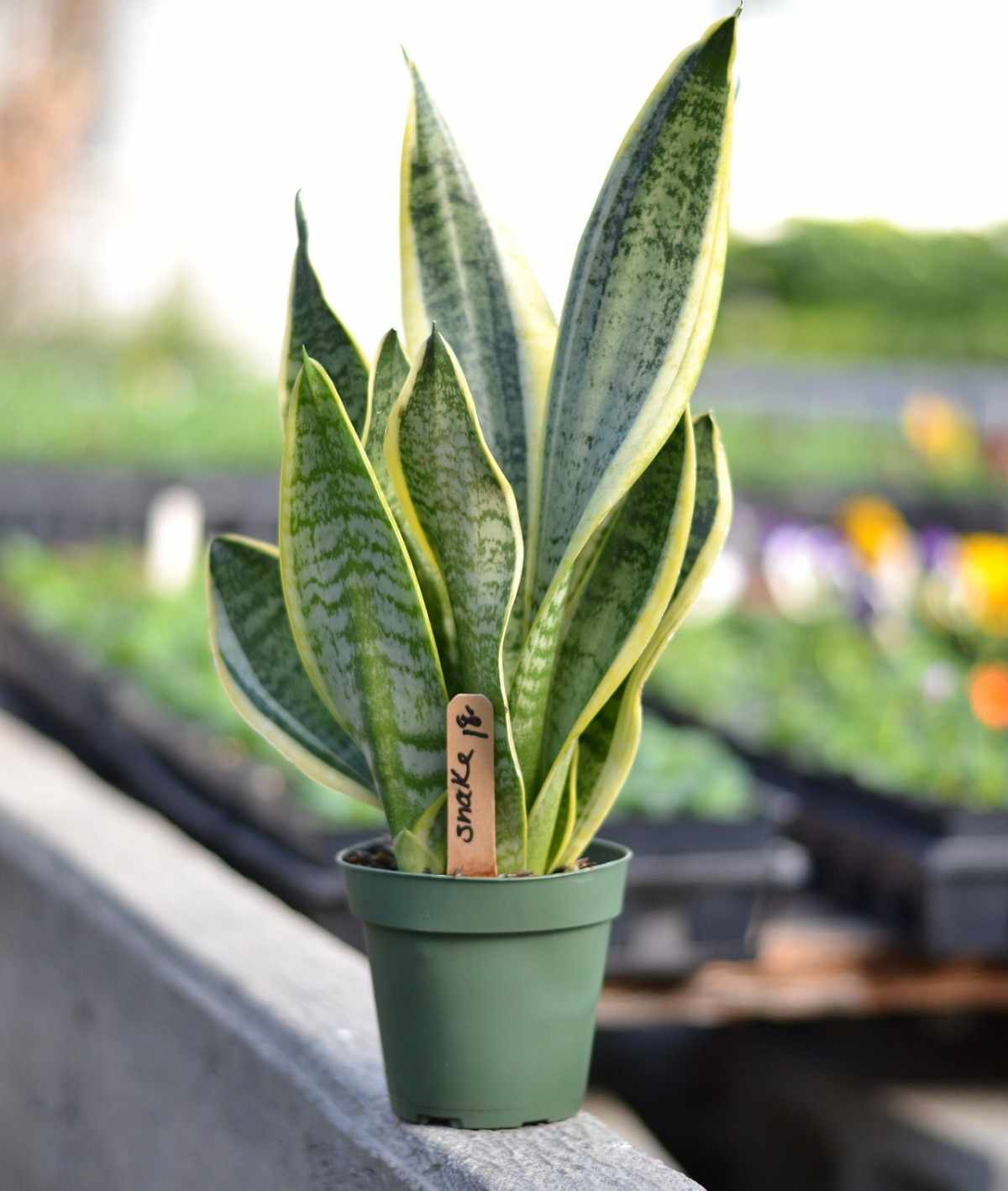
Source gardeningtips.in
Welcome to our comprehensive guide on growing snake plant, also known as Sansevieria! Whether you are a beginner gardener or an experienced plant lover, this article aims to provide you with all the essential information you need to successfully cultivate and care for these fascinating plants in your home or garden. Snake plants are revered for their unique appearance, air-purifying qualities, and low-maintenance nature, making them a popular choice among plant enthusiasts. Let’s dive into the world of growing snake plants and discover how to bring these green beauties to life!
Sansevieria is a genus of plants that belongs to the Asparagaceae family. Native to West Africa, these plants have long, sword-like leaves that can vary in color, ranging from vibrant green to dark green with yellow edges. They are known for their ability to thrive in a wide range of conditions, including low light and neglect, making them an ideal choice for both indoor and outdoor settings. With their striking appearance and numerous health benefits, snake plants have become a must-have addition to any plant collection.
1. Choosing the Right Snake Plant Variety
Understanding Different Sansevieria Species
There are several snake plant species available, each with its unique characteristics and growth requirements. Let’s explore some of the most popular varieties:
Sansevieria trifasciata: Commonly known as the mother-in-law’s tongue or snake plant, this variety is characterized by its dark green leaves with yellow edges. It is exceptionally resilient and can tolerate low light and infrequent watering.
…
FAQs about Growing Snake Plant
Q: How often should I water my snake plant?
A: Snake plants are drought-tolerant and thrive in dry conditions. It is essential to allow the soil to dry out completely between waterings. Depending on various factors such as temperature and humidity, you may need to water your snake plant every two to four weeks.
Q: Can snake plants grow in low light conditions?
A: Yes, snake plants are known for their ability to tolerate low light environments. They can survive in indirect or filtered sunlight and even some artificial light sources. However, they will grow best when exposed to bright, indirect light.
…
Conclusion
Growing snake plants is a rewarding experience that brings natural beauty and health benefits to any space. With their unique appearance, air-purifying qualities, and low-maintenance nature, snake plants are an excellent choice for both novice and experienced gardeners. We hope this guide has provided you with valuable insights and practical tips to cultivate and care for these fascinating plants. Now it’s time to bring a touch of green into your home or garden with the magnificent Sansevieria!